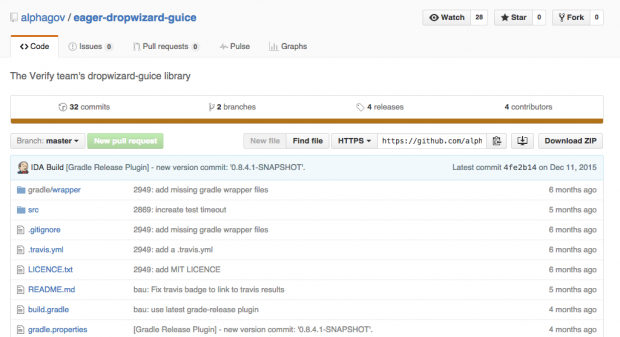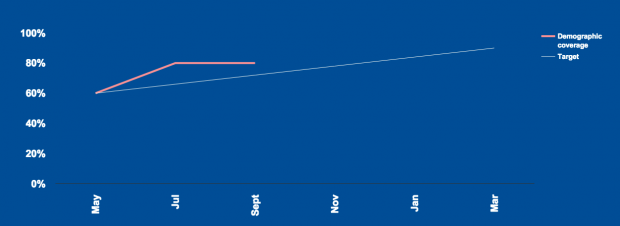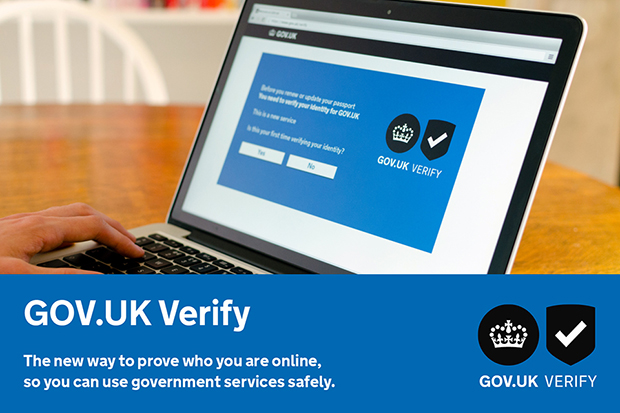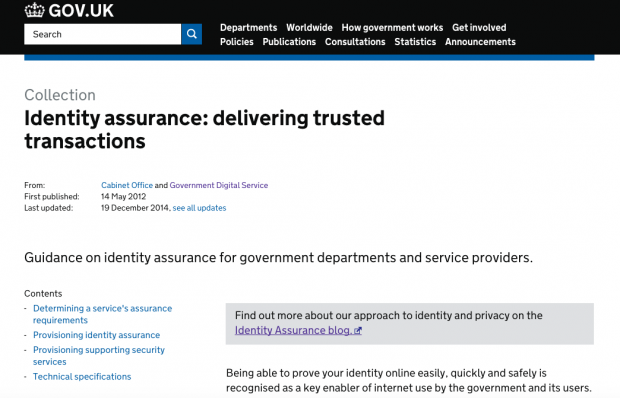Releasing safe and useful code for GOV.UK Verify

...to why this cannot be done for specific subsets of the source code). This post is about how we’re going to open up our code. It explains what we’ve opened...

...to why this cannot be done for specific subsets of the source code). This post is about how we’re going to open up our code. It explains what we’ve opened...

...The codebase for GOV.UK Verify is mainly java microservices at the backend. At the frontend we use Jade as our templating language. However, we’re currently rebuilding the frontend of the...

...app to generate a security code or to receive a security code on your landline phone, rather than waiting for a text to arrive, so you don’t need a mobile...
James Stewart has published a post about how GDS decides when it's ok not to publish source code. The identity assurance programme operates within the approach outlined by James. We...
...in our codebase and allow us to deploy new code faster Things we plan to do next Over the Christmas period we have a change freeze and are not deploying...

...published We made the first small step towards opening up our codebase this year when we published a small module of code. There is a lot more to come in...
...towards the end of last year. Reducing our technical debt There are things we need to do to the GOV.UK Verify codebase to tidy up accumulated impact of having made...

...step such as having a one-off code sent to your mobile phone or generating a code in an authentication app. Therefore, if your information is lost or compromised it will...
...effectively. To continue keeping GOV.UK Verify available and secure we’ve: started automating lengthy steps in our process when releasing code to our live environment upgraded lots of applications and libraries...
...shared library of code used for our SAML (Security Assertion Markup Language) messages. This removes dependencies between our microservices and will allow us to make changes to our code faster....